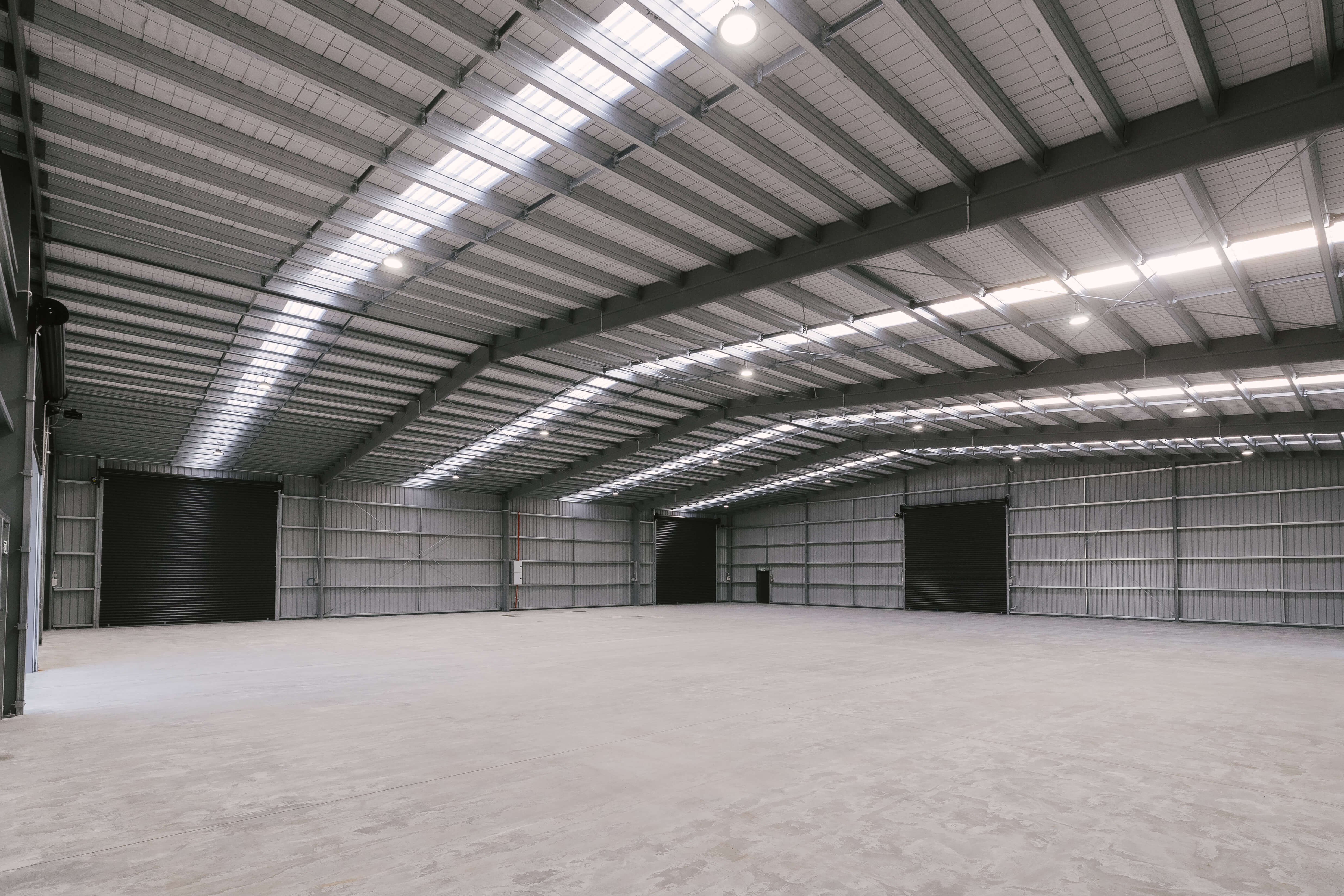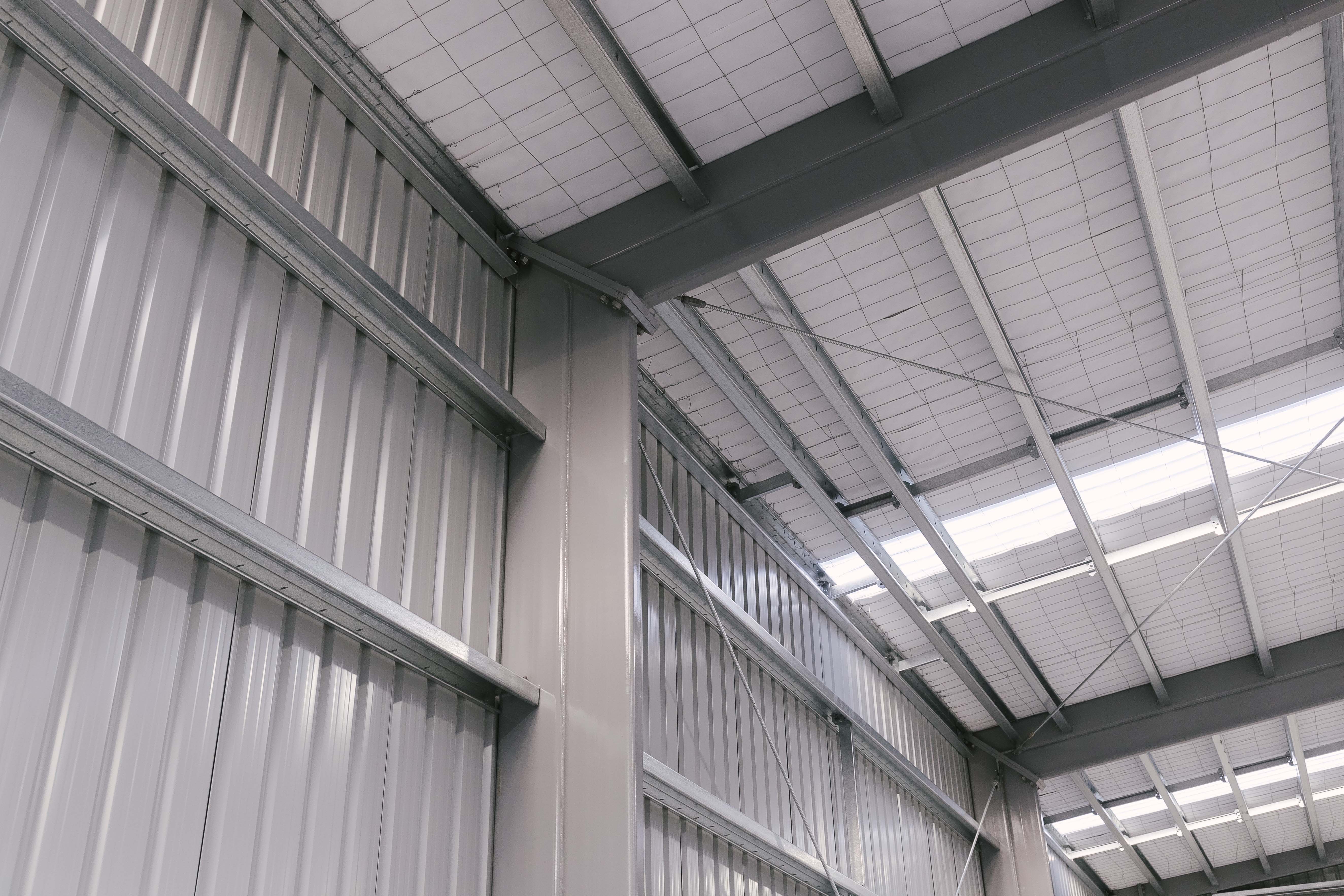Are tilt panels the only firewall option?
A common question we get asked is: ‘Are there any other options other than precast panels for my firewall’? The answer is yes - but it depends on your circumstances as to whether they are a better option than tilt panel. Typically, the two other options are either GIB Fyreline® or KOROK fire and acoustic wall systems. Each product has its pro’s and con’s – and it is worth asking three questions when considering each product:
- What is the cost?
- What is the ongoing maintenance?
- What value would each product add to my project?
Tilt Panel
Concrete tilt – or precast panel, is very commonly used as a firewall right across NZ. Concrete is a very good material for fire protection and consequently is used for boundary firewalls when a building is built very close to a neighbour.
What is the cost?
As a generalisation tilt panel is more of an investment than GIB or KOROK. However, this doesn’t always hold true. Tilt panel is usually more cost effective in the following situations:
- Firewalls requiring 180-minute + rating.
- Two-way firewalls for walls that are closer than 1m to a neighbouring boundary.
- Very high walls (i.e. walls that are 7-13m high).
What is the ongoing maintenance?
If you like things to be robust and durable, then it is hard to beat concrete panels. Concrete will absorb bumps and knocks from machinery extremely well with minimal damage and It can be sealed and painted, which provides a surface that is easy to clean and keep free of dust and dirt build-up.
What value would tilt panels add to my building?
As tilt panels are universally regarded as durable and low maintenance, potential future buyers do look favourably to buildings that are going to have fewer repair bills in the future. This means they are a ‘premium feature’ and typically command a better purchase price. Concrete panels also provide excellent sound insulation. 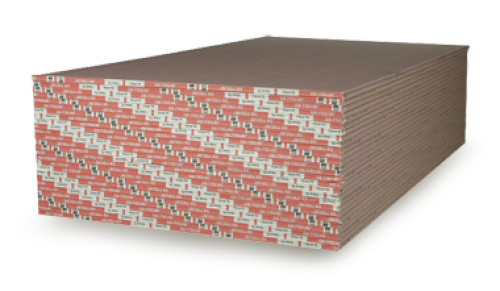
GIB Fyreline®
GIB Fyreline® is another option that can work well in the right application. It is generally readily available and can be fitted by any builder and painted to give a tidy smart finish.
What is the cost?
Generally speaking, GIB is the lowest cost option particularly in the below applications:
- Single way firewalls for storage buildings that are only storing up to 3m. These firewalls are typically 2 layers of 19mm GIB which is easily fitted by a builder or GIB fix contractor.
- Firewalls for offices. Offices are typically lined in GIB anyway so it is easy to design the building in GIB Fyreline® rather than standard GIB. Offices typically only need 60-minute rating walls which can be achieved with just a single layer of GIB.
What is the ongoing maintenance?
GIB is easily damaged and if it is damaged, it can be repaired and re-stopped to ensure it retains its fire protection properties. In office applications, damage is likely to be infrequent and minor so this may not be so relevant. However, in workshops and warehouses that have moving forklifts and equipment damage can occur quite easily. This can be mitigated by lining over the GIB in a thick plywood to take the knocks and scrapes.
What value will it add to my building?
For firewalls in offices GIB is a great option and has no real impact on resale values. However, if GIB is used as the firewall for a workshop and has been damaged this can be unattractive to potential buyers due to the ongoing maintenance. 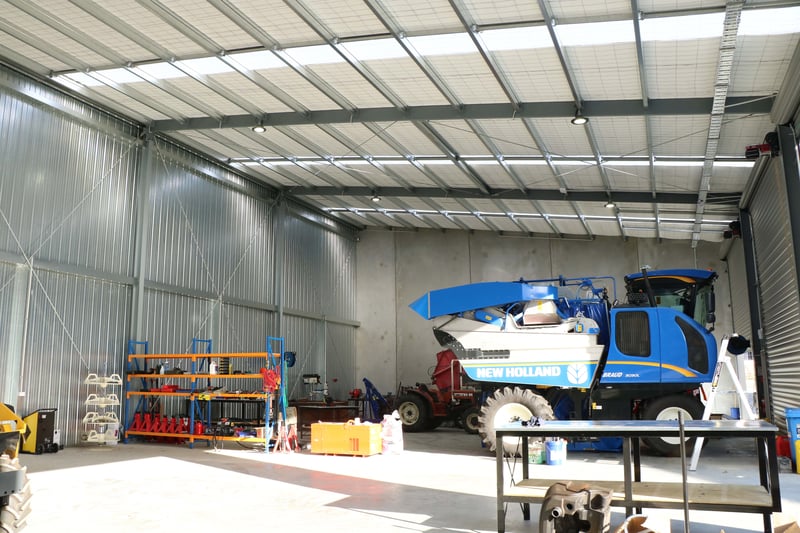
KOROK
KOROK (previously known as Speedwall) fire and acoustic wall systems are made from aerated concrete encased in a galvanised steel formwork. Each section fits into each other to make a wall.
What is the cost?
This depends heavily on the location as well as the height of the walls. The panel can also have limitations and may need to be combined with layers of GIB to achieve the fire protection requirements. It is best to have a discussion with the XL team on what the options may be.
What is the ongoing maintenance?
As each section is made of aerated concrete and enclosed in steel they are quite resistant to knocks and scrapes. Plus, if a couple of sections are damaged, they can be removed and replaced. However, if GIB needs to be incorporated to achieve the correct fire rating this is also susceptible to damage.
What value does KOROK add?
KOROK panels can be made in a selection of pre-coloured steel so they can look quite sharp. They also have acoustic properties so can be a good option for minimising sound transfer. One great application of KOROK is for fire-rated partition walls to divide up a building into tenancies. This gives a firewall between different tenants and also a noise barrier. As the sections all slip together the wall can also be easily moved in the future to accommodate tenants who expand or downsize.
What do we recommend?
For large scale industrial buildings that are over 7m high and over 1500m2 we would strongly recommend tilt panels, as it is typically the most economical in the long-term. Plus, it gives an extra bonus of increasing the durability of your building and minimising maintenance. We would also typically recommend panels for firewalls that need to be 2 way or 180-minute + rating.
For office firewalls, GIB is a great option as it is easy to use and cost-effective. GIB can also be good if some minor fire protection is required in a warehouse or factory.
For intertenancy walls, KOROK can be a great option as it can be moved as requirements change.
You are best to discuss your options with the XL team. Our team has a broad knowledge of the fire code and can talk through the options particular to your site and requirements.
